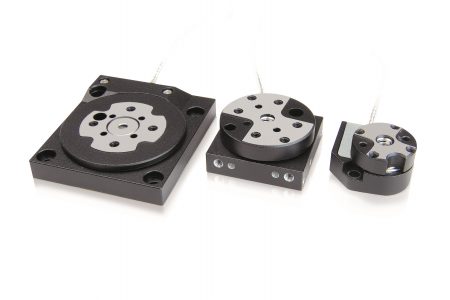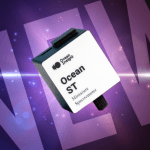PI miCos expands its range of rotation stages in the Q-Motion product line: The Q-632 has a width of only 32 mm, a height of 10 mm and is ideal for set-ups with limited space. The application spectrum ranges from, microscopy, micromanipulation, biotechnology, and medical technology up to automation.
It enables precision rotation with a minimum incremental motion of 3 µrad in closed-loop operation and a velocity of 45°/s over a rotation range of >360°.
The drive principle of the Q-632 is based on a piezo inertia drive. This enables very compact dimensions and a high resolution. Due to its ability to self-lock at rest, the piezomotor requires no power and produces no heat. It holds the position stable at a holding torque of 7 mNm.
In addition to the Q-632, PI miCos also offers the Q-622 miniature rotation stage with a rotary plate diameter of 22 mm and the Q-614 with a rotary plate diameter of 14 mm. The Q-614 is currently the smallest precision rotary stage available on the market and operates in open-loop mode.
All rotation stages of the Q-Motion series are suitable for a vacuum to 10-6 hPa. Ultrahigh vacuum-compatible versions are also available on request.
Control
Control of the rotation stages with position sensor is designed for fast point-to-point motion. This is performed by the E-871 motion controller; the control is addressed digitally via a USB or RS-232 interface and has numerous parameters for optional optimization of the settling behavior. Thanks to its network capability, it is possible to control up to 16 axes simultaneously via one computer interface. Fast start-up and system configuration takes place via the PIMikroMove® program, which is in the scope of delivery. Implementation into existing environments is possible via LabVIEW drivers and DLLs.
The E-870 drive electronics are available for open-loop operation. It is also specially designed to meet the requirements of the piezo inertia drives. Serial control of a unit with up to four channels is possible from one amplifier, which keeps investment costs low.



